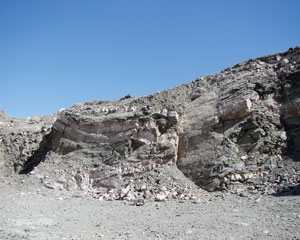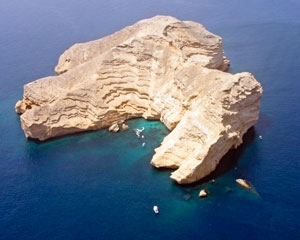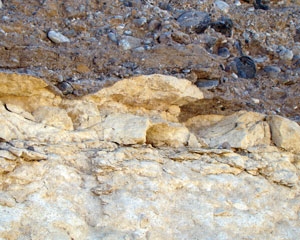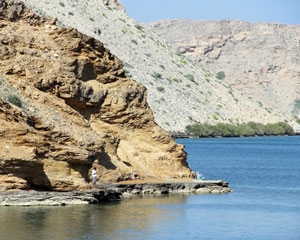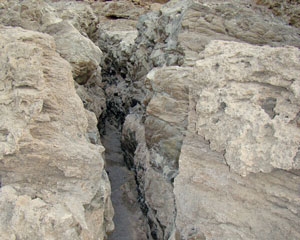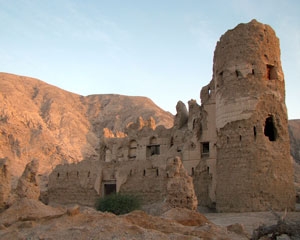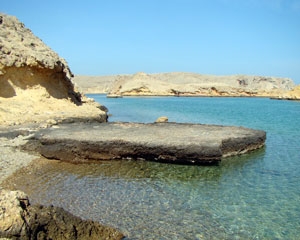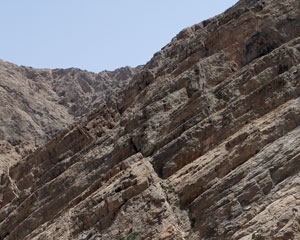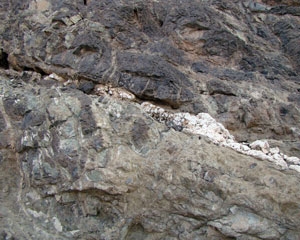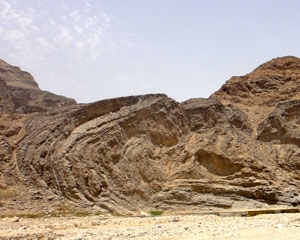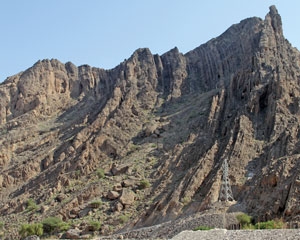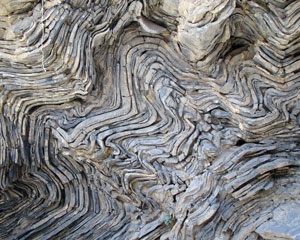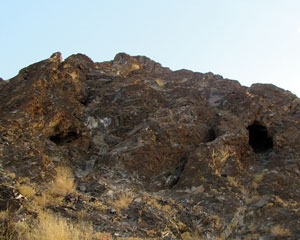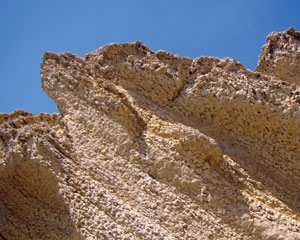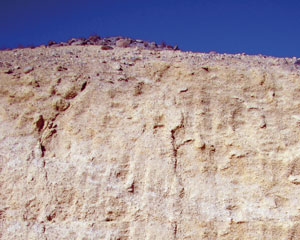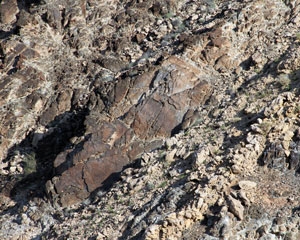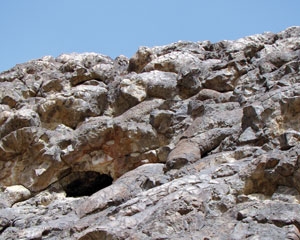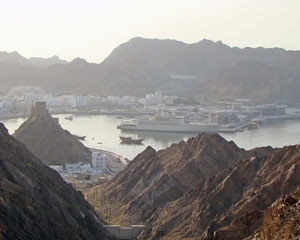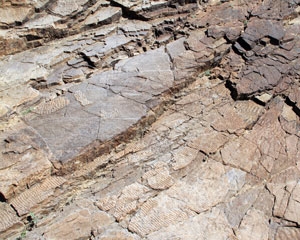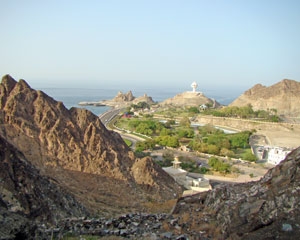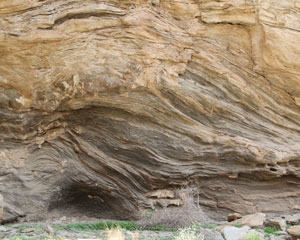A short walk in Wadi Amdeh will lead you to a place where nearly 500 million years ago you would have been standing on the beach on the edge of the sea shore, right in the area between high and low tide.
Flowing water or wave action from the ebb and flow of the tide created ripple patterns in the sand. You can see the same effect today by visiting your local beach.
Normally these ripple marks are blown away by wind or removed by water action. Here however after the patterns formed they were quickly covered by other sediments giving them a protective covering.
Later the rocks were ‘cooked’ and the ripples set harder when during movement of the earth’s crust they were placed under huge pressure that transformed the sandstone into quartzite.
The ripple marks of this site are small scale ridges of sand produced by flowing water or wave action. Ripple marks formed by wave action tend to be symmetrical in shape, while those produced by tidal current tend to be asymmetrical in shape. Ripple marks can be used to indicate direction of these early water currents which in this case is NW-SE.
Menu
Sultanate of Oman Culture
Oman Nature Reserves
Wadis in Oman
Caves of Oman
Deserts of Oman
Beaches in Oman
Oman Islands
Hot Water Springs in Oman
Beach Lagoons of Oman
Canyons in Oman
Muscat Geosites
- Al Awabi quartzite in Oman
- Al Fahal Island in Oman
- Al Jabal Al Aswad Oman
- Al Khoud Unconformity in Oman
- Al Khayran in OMAN
- Ayn Al Hammam Hot Spring in Oman
- Bawsher marble in Oman
- Coastal Erosion in Oman
- Concentric fold in Oman
- Intertidal ecosystem in Oman
- Jurassic bedding in Oman
- Limestone Fault in Oman
- Limestone landscape in Oman
- Magnesite veins in Oman
- Mangrove forest in Oman
- Mega fold in Oman
- Mega syncline in Oman
- Mini folds in Oman
- Mutrah Geotrail East in Oman
- Nodular Limestone in Oman
- Nummulites in Oman
- Ophiolite contact in Oman
- Ophiolite obduction in Oman
- Pillow lava in Oman
- Port View in Oman
- Ripple marks in Oman
- Riyam view in Oman
- Schist bedding in Oman
Traditional Villages in Oman
Souqs in Oman
Museums of Oman
Forts in Oman
Castles in Oman
Cities in Oman
Suggested Tours


